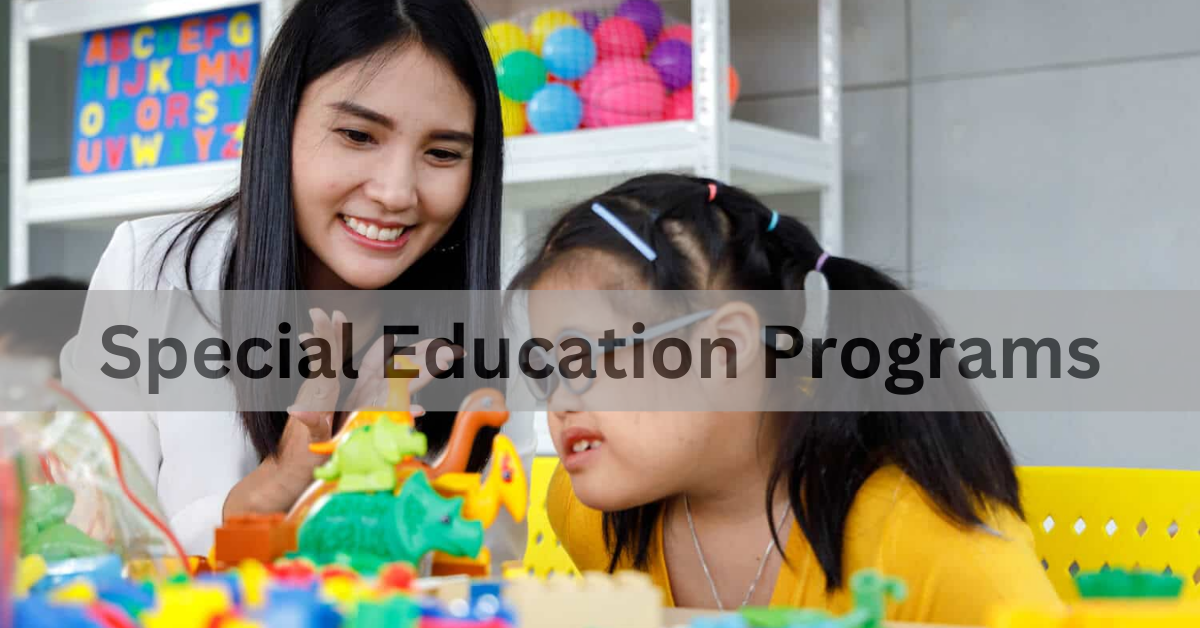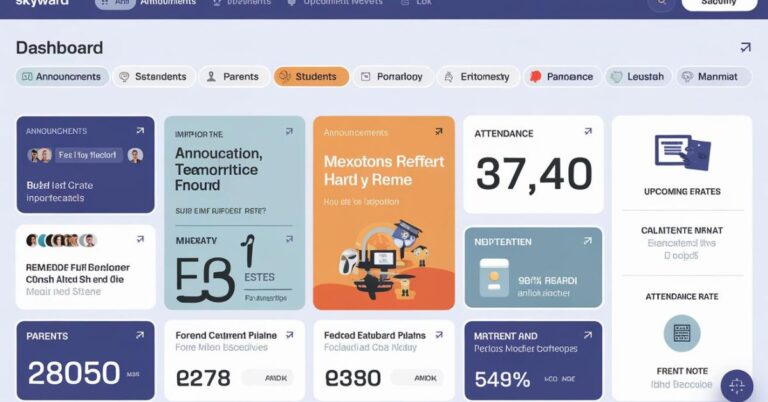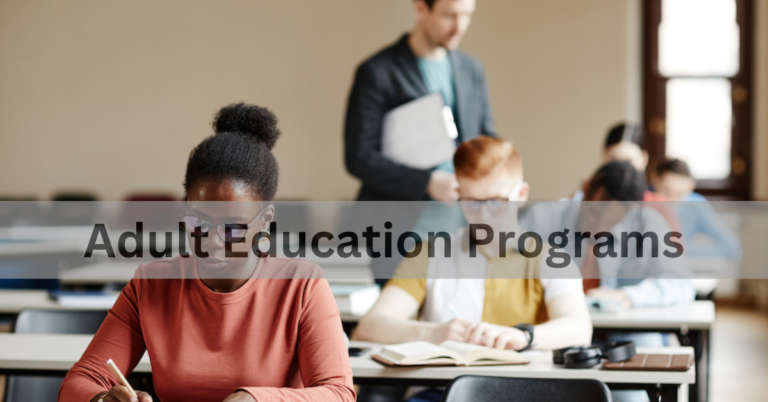Special Education Programs: A Comprehensive Guide to Inclusive Learning
Special education programs are designed to provide tailored educational experiences for students with diverse learning needs. These programs aim to ensure that every student, regardless of their abilities or disabilities, receives a high-quality education that meets their unique requirements. This article delves into the various aspects of special education programs, including their importance, types, implementation strategies, and benefits.
Understanding Special Education Programs
1. What are Special Education Programs?
Special education programs are customized instructional plans developed to address the specific needs of students with disabilities. These programs are mandated by laws such as the Individuals with Disabilities Education Act (IDEA) in the United States, which ensures that students with disabilities have access to free and appropriate public education.
2. Importance of Special Education
- Equity in Education: Special education programs promote educational equity by providing individualized support to students who may otherwise struggle in a traditional classroom setting.
- Legal Mandates: Various laws require public schools to accommodate students with disabilities, ensuring they receive the necessary resources and support to succeed academically.
- Personalized Learning: These programs focus on the strengths and weaknesses of each student, offering personalized learning strategies that cater to their unique needs.
Types of Special Education Programs
1. Individualized Education Programs (IEPs)
IEPs are tailored plans developed for students with disabilities, outlining specific goals, services, and accommodations. These plans are created collaboratively by educators, parents, and specialists to ensure that the student’s educational needs are met.
2. 504 Plans
Section 504 of the Rehabilitation Act provides accommodations for students with disabilities that do not qualify for an IEP. 504 Plans ensure that students have equal access to education by addressing physical or learning barriers.
3. Inclusive Classrooms
Inclusive classrooms integrate students with disabilities into general education settings. Special education teachers and general educators collaborate to provide differentiated instruction and support, fostering an inclusive learning environment.
4. Resource Rooms
Resource rooms offer specialized instruction for students with disabilities, allowing them to receive individualized attention while still participating in general education classes. These rooms are staffed by special education teachers who provide targeted support.
5. Specialized Schools
Some students with severe or multiple disabilities may attend specialized schools that offer intensive support and specialized curricula designed to meet their specific needs.
Implementation Strategies for Special Education Programs
1. Collaborative Approach
Successful special education programs rely on collaboration between general educators, special education teachers, parents, and specialists. Regular meetings and open communication ensure that everyone is aligned on the student’s progress and needs.
2. Professional Development
Ongoing training for educators is crucial to effectively implement special education programs. Professional development opportunities help teachers stay updated on best practices, new technologies, and innovative instructional strategies.
3. Use of Assistive Technology
Assistive technology plays a significant role in supporting students with disabilities. Tools such as speech-to-text software, communication devices, and adaptive learning programs can enhance learning and independence.
4. Differentiated Instruction
Differentiated instruction involves tailoring teaching methods and materials to meet the diverse needs of students. This approach ensures that all students can access the curriculum and engage in meaningful learning experiences.
Benefits of Special Education Programs
1. Enhanced Learning Outcomes
By addressing the unique needs of each student, special education programs can significantly improve academic performance and overall learning outcomes.
2. Improved Social Skills
Inclusive education settings promote social interaction between students with and without disabilities, fostering mutual understanding, respect, and collaboration.
3. Increased Independence
Special education programs often focus on life skills and functional academics, helping students with disabilities develop the independence they need to succeed in life beyond school.
4. Parental Involvement
Special education programs encourage active parental involvement, ensuring that parents are engaged in their child’s education and can advocate for their needs.
Conclusion
In conclusion, special education programs are vital for creating an inclusive, equitable, and supportive educational environment for students with diverse learning needs. By understanding the different types of programs, implementation strategies, and benefits, educators, parents, and communities can work together to ensure that every student receives the education they deserve.







